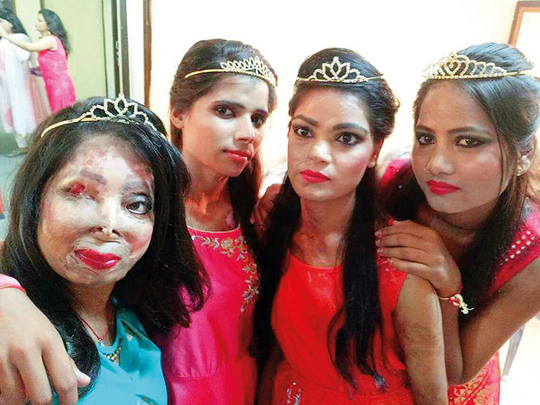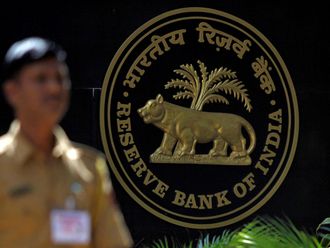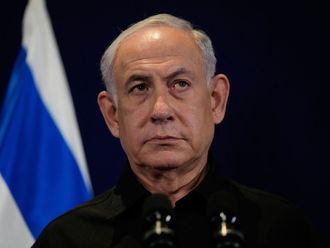
Mumbai: It was May 26, 2012. Ritu Saini, a 17-year-old state-level volleyball player was walking to her evening practice sessions in the town of Rohtak in the northern Indian state of Haryana, when she noticed two men on motorcycle cruising in her direction.
Saini paid them no attention till in an explosive, excruciating moment of pain, she felt her face on fire. Everything went black around her. She felt she was drowning in a sea of fire.
In under a few seconds, from an ambitious sports player with a dream, Saini had become yet another statistic in India’s history of acid attack.
“I cannot explain that horrific moment,” recalled Saini, speaking to Gulf News from Noida in Delhi, where she now lives. “Everything became dark, I felt a searing burning sensation all over my body and as I writhed in pain, the bystanders just stood there watching me,” she said. It was her brother who rushed to the scene and took her to the hospital.
- Ritu Saini | Acid attack victim
As she discovered later, it was her cousin Ram Niwas who had hired the two men to carry out the acid attack. A simmering property dispute between the two families (Niwas was her paternal aunt’ son whose displeasure stemmed as much from the property dispute as it did from the fact that he wished to marry her, despite being 22 years older than her) led him to exact his revenge on her.
The acid dissolved all her features as flesh and tissue and bone melted and then fused. “I now have an artificial eyelid since it had burnt along with my skin on the face and neck — which all became one mass. I was left with no facial features,” Saini said.
In December 2014, a lower court in Rohtak sentenced Ram Niwas and two of his aides to life imprisonment. It also jailed Saini’s aunt Rajwanti — the chief conspirator and the acid seller — for 10 years. Two and a half months after the attack, Saini saw her face in the mirror for the first time, “and the first thought was, ‘I want to die’,” she said.
In the following years, she underwent 14 operations that included skin grafting and plastic surgery but the initial days were the worst. “If I took one bite of food, blood would ooze out in my mouth. I couldn’t drink water or even sleep, the nights were a torture.”
As she battled the days and her wilting desire to live, it was only her family that stood by her. “Our society did not care,” said Saini. It was when an NGO, Stop Acid Attacks, a campaign started by Kanpur-based journalist turned social activist Alok Dixit, came into her life that hope too entered her space. She moved out of Haryana to Noida and began to work for the first time — at the Sheroes Hangout cafes in Agra, then Lucknow and Udaipur (now closed) run by over 30 acid violence survivors — gaining experience in accounts and management. Her suffering and anguish have however not embittered Saini.
She holds no anger against anyone, not even her aunt “who never asked how I was but only wanted me to withdraw the case in return for money”.
Among other survivors supported by the Acid Survivors Foundation India (AFSI) are Kavita Shetty, 28, whose husband threw the corrosive liquid on her in 2009. “I was at Byculla’s Masina Hospital for three and a half months. AFSI has not only supported my medical expenses and rehabilitation but also my kids’ education.”
Now, with her face covered, she sells knickknacks on local trains and earns around Rs200-300 a day.
“We also come across male victims of acid attacks. Siddharth Sasane, a budding musician from Mumbai, was attacked in Mumbai in 2008 by an unknown person when he was sleeping in a Ganpati Pandal with his friends. We are supporting him with medical treatment,” said Pranali Shah, senior manager at AFSI.
Another Delhi-based NGO, Make Love Not Scars, has taken on the mission of providing dignity and independence to these survivors by focusing on their complete medical, legal, educational, vocational and psychological rehabilitation. The psychological trauma is intense — as most victims withdraw to the seclusion of their homes unable to face society.












